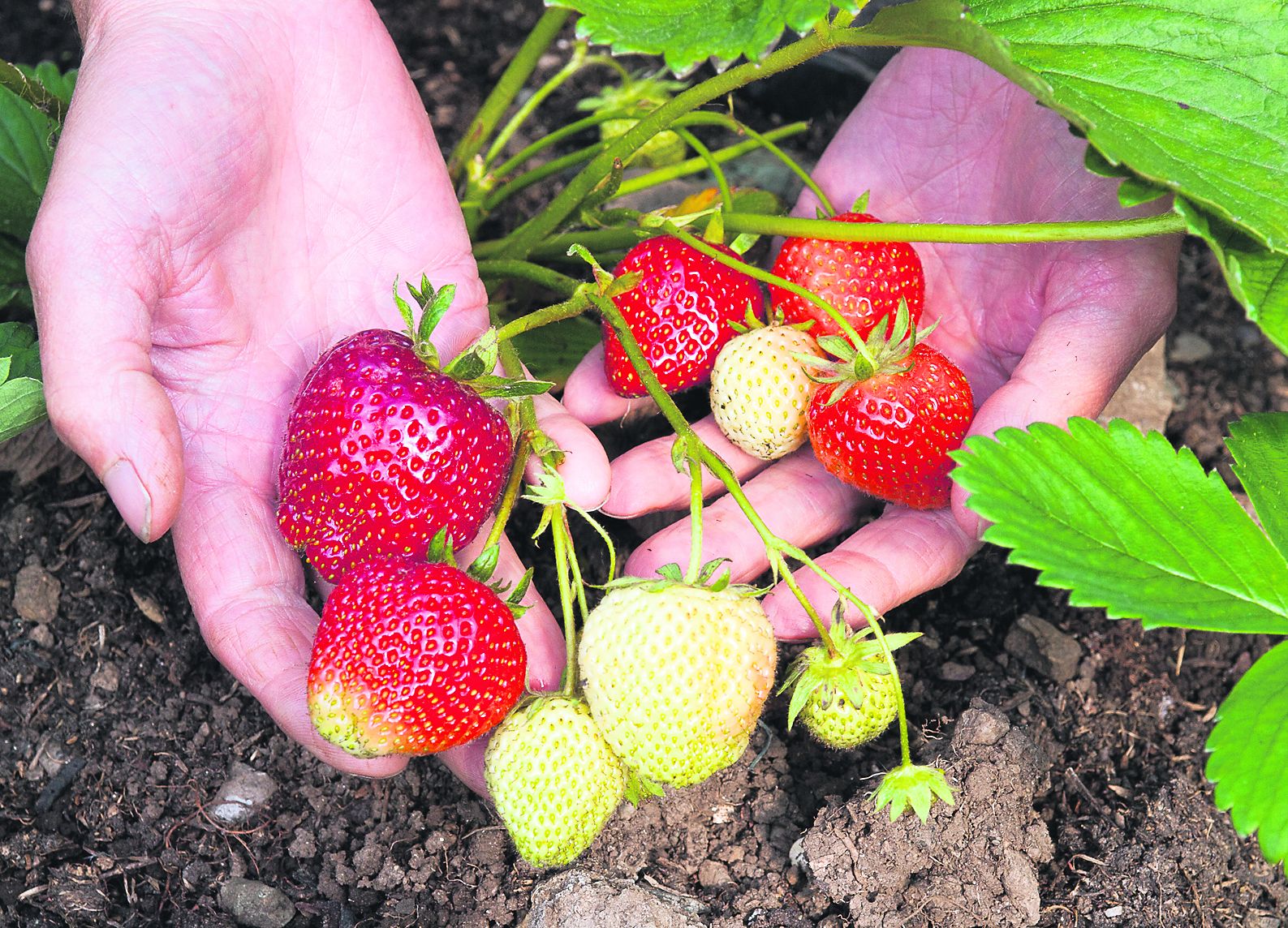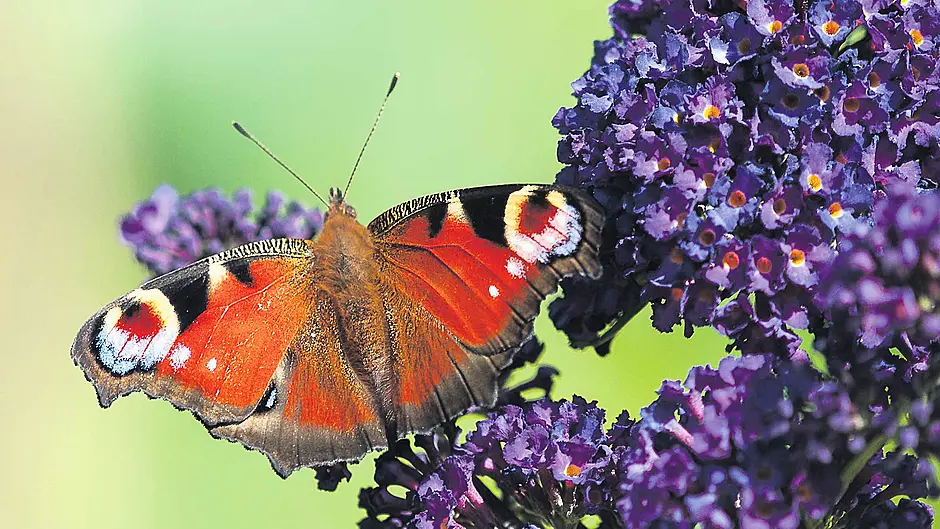BY JOYCE RUSSELL
THE grass is growing fast and weeds aren’t too far behind. For gardeners, the task of controlling both of these things can seem like a constant task. The two can combine, of course, so that when you mow, you can use the clippings to mulch between rows and around plants. If you do this each year, then you will make a big impact on the weeds in your garden.
Try to cut grass before it starts to seed and keep pulling out weeds each day where you spot them growing in garden beds. Use a hoe in dry weather to speed up clearing of larger areas and always dig out pernicious weeds like thistles, docks and dandelions.
You might choose to let grass and wildflowers grow in parts of a large garden. This is a good way to support insects and can help to form part of a wildlife corridor. It’s best not to do this too close to your vegetable beds, or you really will increase weed issues. Dot lots of bee friendly flowering plants around the garden too and keep a record of what you see coming to visit your insect friendly garden.
 It’s strawberry season, so time to enjoy your delicious home-grown fruit.
It’s strawberry season, so time to enjoy your delicious home-grown fruit.
Strawberries
Early varieties are ripening now. Fruits need plenty of sun to reach a full ripe flavour so don’t be tempted to pick until they have turned a good red colour. Watch out for slugs in the strawberry bed and cover plants with netting raised on sticks if you want to keep birds away. If you lay netting straight over the plants, then birds will land on top and simply peck through to the fruit.
Plants in pots need plenty of water and heavy cropping plants can soon exhaust their supply of nutrients. Water every day in hot weather and use a liquid feed every 7-10 days. Plants growing in a bed that has been enriched with manure or compost, won’t be so desperate for extra nutrients, but they always appreciate a potash boost from a seaweed based tomato feed.
Later varieties will be swelling fruit and they should start to ripen as the early ones finish. In a good year, you can get several weeks of delicious strawberry harvests.
 Fruit setting and swelling on tomato trusses.
Fruit setting and swelling on tomato trusses.
Growing tomatoes
We haven’t had any seriously cold weather for a while now and tomatoes are enjoying steady growth. Outdoor varieties are happy to get roots in the soil and they will grow very quickly from now on.
Plants should be strong and sturdy and the first fruits are setting well on lower trusses. It’s not too early to remove any low leaves that are discoloured – there are plenty of higher ones to feed the plant.
Most greenhouse varieties grow the best fruit if kept to a single stem. This means removing side shoots as they appear in leaf joints. Take care to look round the base of the stem for new shoots growing and remove these as soon as you spot them. I do sometimes leave the top most side shoot in place if the plant looks weak – this can act as a replacement if any damage occurs to the main growing point. Remove this when a new shoot starts to grow higher up and if the plant is growing well then you won’t need a replacement at all.
Start feeding tomatoes as soon as fruit starts to swell. Use a bought feed that contains seaweed extract or make your own.
Harvesting
Keep harvesting any peas and broad beans that you have grown under cover. These will be coming close to the end of cropping and plants growing outdoors will soon take over. Don’t waste greenhouse space by keeping rows of barely productive plants in place. Remove them as soon as the crop dwindles and make room to plant out peppers, aubergines and melons.
Sow parsley
If you sow parsley now then you can have a good supply for many months. Plants can be slow enough to establish but once they get going they produce plenty of pickings right through until late spring.
Sprinkle a few parsley seeds in a pot filled with compost. Put a very thin layer of compost over the top and water until all is damp. The seeds take two to three weeks to germinate – don’t over water or let them dry out.
Prick seedlings out into individual pots as soon as they are big enough to handle and grow them on until plants are big enough to go out where you want them. Put a few in the polytunnel or greenhouse and others go outdoors in a garden bed. They are very hardy once established and give a great fresh herb taste to many dishes.
Tip: try splitting a pot of parsley plants from the vegetable section of the supermarket. Grow on in pots until each plant is established.







